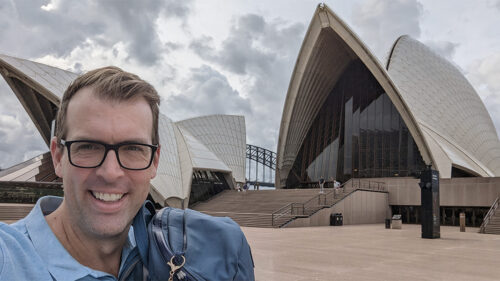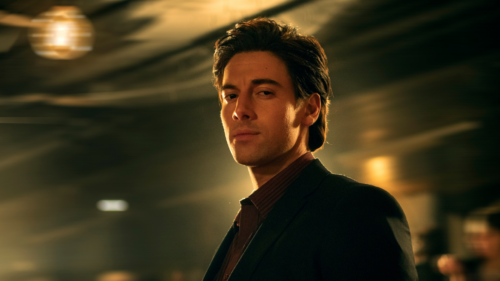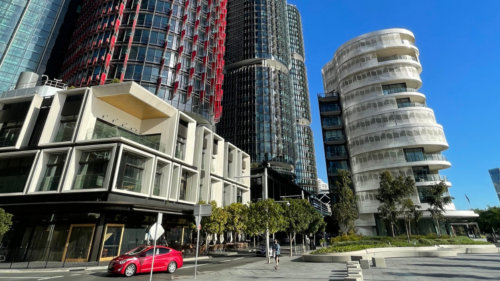/News 28.07.21
FIRST NATIONS CREW SPOTLIGHT:
LEAH PURCELL ON THE DROVER’S WIFE
THE LEGEND OF MOLLY JOHNSON
Leah Purcell is a proud Goa-Gunggari-Wakka Wakka Murri woman, a multi-award-winning author, playwright, actor, director, filmmaker, producer, screenwriter, showrunner, and a legend of the stage and screen in Australia.
With over 30 years in the business, Purcell has brought First Nations’ stories into sharp focus for audiences at home and abroad, and has pushed the dial on the Australian industry to think more deeply about how to shine a new lens on diversity.
Now, with her first feature film The Drovers Wife The Legend of Molly Johnson enjoying a hugely successful festival season, she is joining a new wave of First Nations’ storytelling and forcefully making the case for the industry to treat diversity as a business imperative. Leah Purcell is locked and loaded for the change.
“It’s an exciting time for First Nations’ stories and storytellers and truth tellers. Backing us to have our voice and our interpretation of storytelling is what is exciting. People go to movies to be stimulated emotionally and intellectually and this is another form of storytelling that I hope the wider audience embrace.”
The Drovers Wife The Legend of Molly Johnson is directed by and written by Purcell, co-produced by her production company Oombarra Productions, and sees her star in the leading role of Molly Johnson.
The film illuminates Australia’s colonial history and challenges the way people think about it. Based on the Henry Lawson short story, The Drover’s Wife, it is re-imagined from a female and First Nations’ perspective and tells the story of a mother who is left to defend her children in an isolated Snowy Mountains hut in the 1890s.
It’s a story that Purcell has been shaping for over five years, first as a sell-out stage production and then as a critically acclaimed novel. Now for the feature film, she has re-examined her work, “Every frame we slaved over, cried, bled. There is meaning beyond what you visually see.”
Critics have been overwhelmingly positive, calling the production, ‘an exceptionally compelling, outback Western’ (Variety). The production also stands out as the first Australian feature film since Tracey Moffatt’s Bedevil, to have a First Nations’ female actor-writer-director.
“I am following in the footsteps of amazing ladies who came before me as directors and writers, and I am very excited that I am the first Indigenous woman to be opening Melbourne International Film Festival (MIFF) in Melbourne and playing at Sydney Film Festival. I am happy that my Australian audience has embraced the film and it’s important that Australians see it. I want Molly Johnson to knock Ned Kelly off his pedestal.”
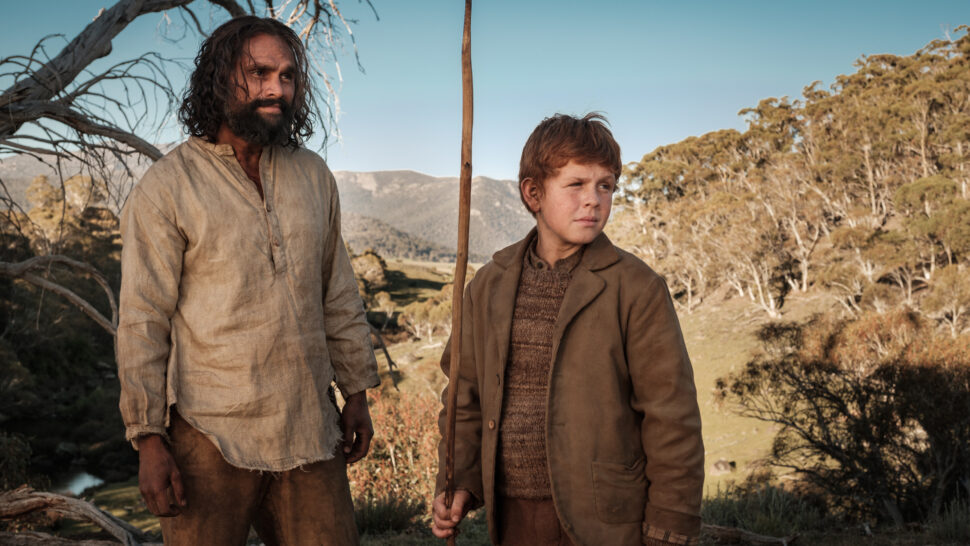
The film had its World Premiere at SXSW as part of their Narrative Spotlight programme in March and was also quickly snapped up by Samuel Goldwyn Films as its international distributor. On why it piqued the interest of international industry, Purcell acknowledged a combination of elements, particularly the female and Indigenous voice in a genre that is very male, as well as the story telling and the acting.
“People commented on the performances, and they said they liked that we were all great actors and there were no big names and they found that very refreshing – and that I was wielding a gun!”
The film is also deeply personal to Purcell, “As an Indigenous director and storyteller, it was amazing to be able to put a cultural element of dreaming through the story. I set that benchmark for myself to utilise the dreaming structure, to base the film’s structure on that dreaming element.”
“There are elements through the entire production that hopefully the Indigenous audience will pick-up on and feel empowered by. The piece of paper that Molly throws into the fire is representative of my grandmother from the Stolen Generations. For me to be able to filter those stories through a film that is going to reach the world is very empowering,
“I hope that it encourages people to go out and investigate what that meaning is. You want a film to have a life beyond the screen and I want the Australian audience to own Molly Johnson and make her a part of their family. There is hope in the film.”
Leah Purcell
Purcell’s real genius is her knack for storytelling, as she weaves her truth, skills and culture to captivate with a story that is deep and provocative.
“The lead chacter Yaddaka, is based on my Great Grandfather, so I used family research that was passed down many years ago to inform that character and took creative license. My character Molly is the amalgamation of many strong women that I’ve been brought up with, and there is a little bit of me in her. I wanted to show that representation, that she is a woman first and foremost and I hope that other woman around the world can connect with her resilience.”
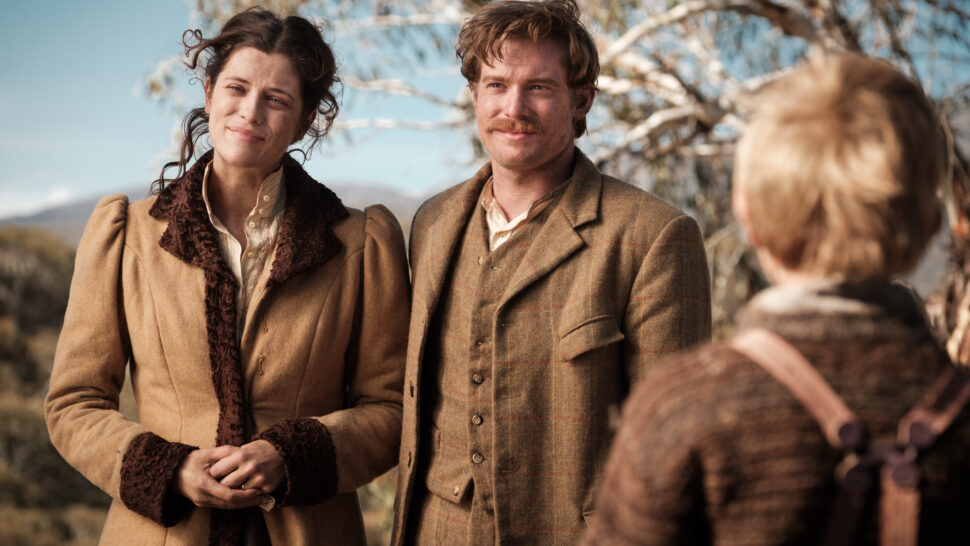
Leah also senses the film’s opportunity to make a lasting impact on First Nations men.
“I wanted to put my Great Grandfather in this story, I wanted to showcase First Nations men in a positive light because they are always seen to be the bad guy, or the downtrodden and I wanted to highlight that I have great uncles, nephews, friends, friends of family, brothers that were great men and heroes and stood by their family. And I wanted to make sure that when men come to see this film that there is a story for them and for men to take responsibility for some of the issues within the piece and to be motivated to make change.
Yes, it’s about a strong woman and the women who have influenced that character, but it is men’s business, and it is a film that I know men will be emotionally moved by and engaged with.”
Just as Purcell’s take on the story of The Drover’s Wife is unique, so too is her approach to filmmaking. As a First Nations’ filmmaker, we get a real sense that Leah sees things differently, and in turn, we as the audience get a sense of something very different. From the plot to the setting, Leah’s own vision and intuition is woven throughout. A dream and her connection to Country lead her to stumble across the spot that would become the heartbeat of the film in the form of Molly’s home.
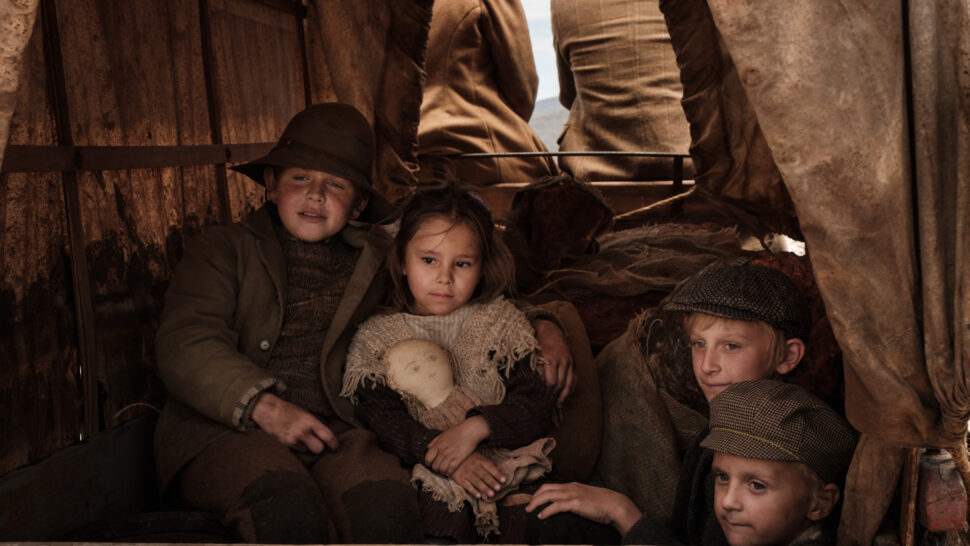
“The tree at the end, I call it the warrior woman. I dreamt that. When we scouted that location, we were there to look at the river. There were about five or six of us and we went down one way and walked along the river to the main swimming hole and then to get out we went straight up this steep bank and came out on this plateau. And the crew were standing there, and we saw these two ghost gums, and I was interested in that, then all of sudden it went really quiet. We dispersed and looked around and I then I yelled out, “This is it; this is Molly’s home!” Then I had to go for a walk, and I saw that tree, and I sat there. It was one of those things where I had to walk on Country, I put my foot in the Murrumbidgee River, and listened to the landscape and I opened up my eyes and I saw exactly where we were meant to be, and I got permission from the elders, and it made for a beautiful journey.”
Leah Purcell
Another critical element Purcell brings to the forefront in this production is an authentic cast. Purcell is committed to finding others who have her same gift for storytelling, and hopes to pass this on to future generations.
“As an Indigenous person I want to employ my mob, I am in a position where I can give employment and education. The six main characters in the film are blackfellas and they weren’t propped up by big names – we are it!
I find it empowering that the story survives on its own and that’s what’s important in filmmaking – that the story is what gets people. We had a responsibility, we were telling our story, we were being the truth-tellers. To have six blackfellas in the main roles was just awesome.”
On top of upcoming screenings for her feature film, Purcell’s 2021 calendar is packed – with two more features to write, a support-lead actor role for an undisclosed project and work underway for a 10-part series adaption of The Drover’s Wife The Story Of Molly Johnson.
And when asked what else can be be done to foster First Nations’ talent behind the camera Purcell simply says “Allow us to do it. Support us. Finance us. Let the Indigenous people have their voice and the reigns of the process. All distributors and streamers should support the Indigenous voices in storytelling so we can get our stories to the world.”
Watch the trailer for The Drovers Wife The Legend of Molly Johnson.
Read more about Leah Purcell.

Featured Image Credit: Photo by John Platt, Supplied by Roadshow Films.
This story was written by Ted Rose from Screen NSW. For more information about filming in New South Wales contact the team via the link below:






